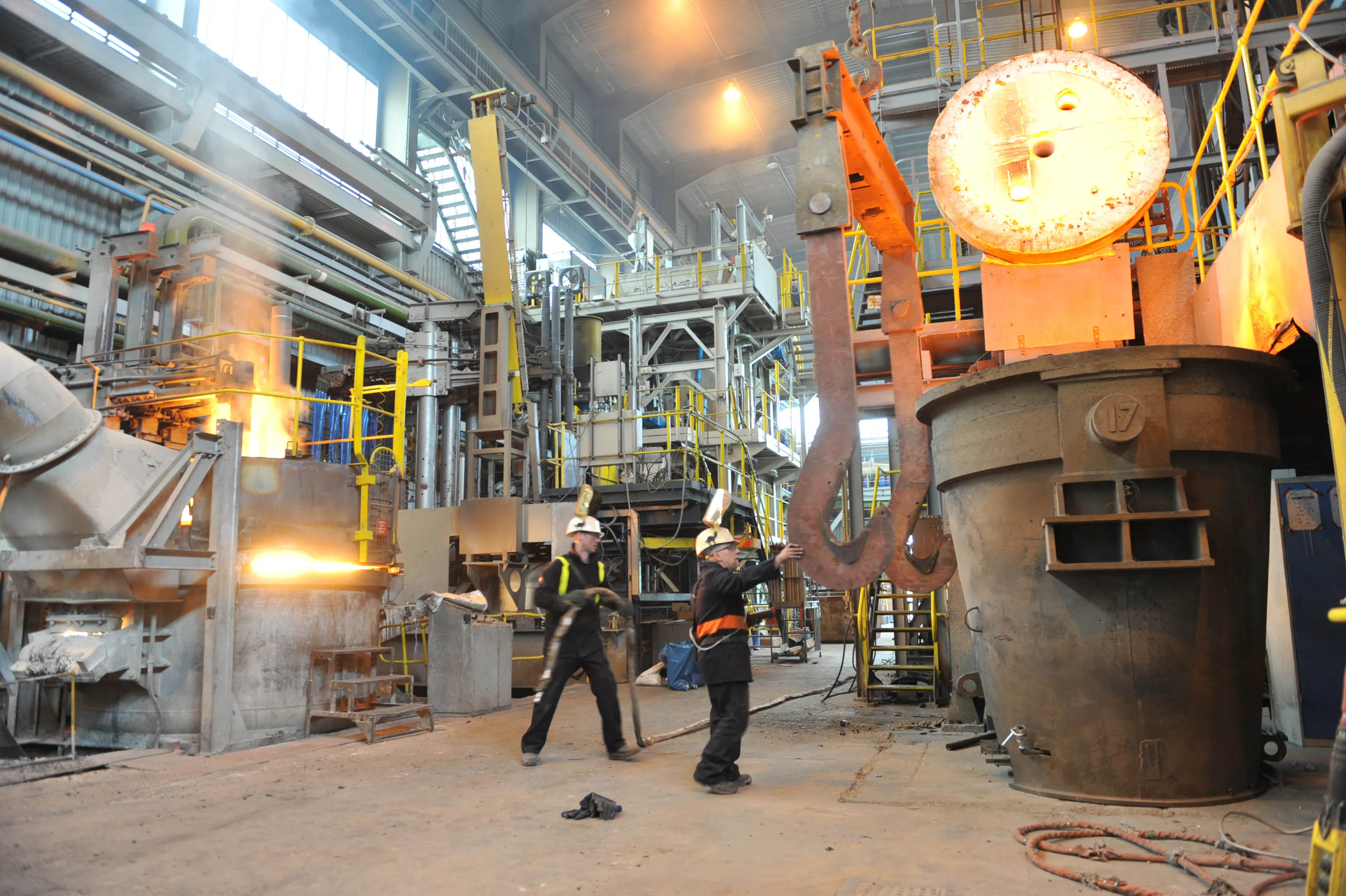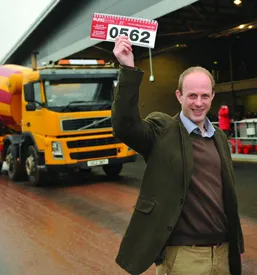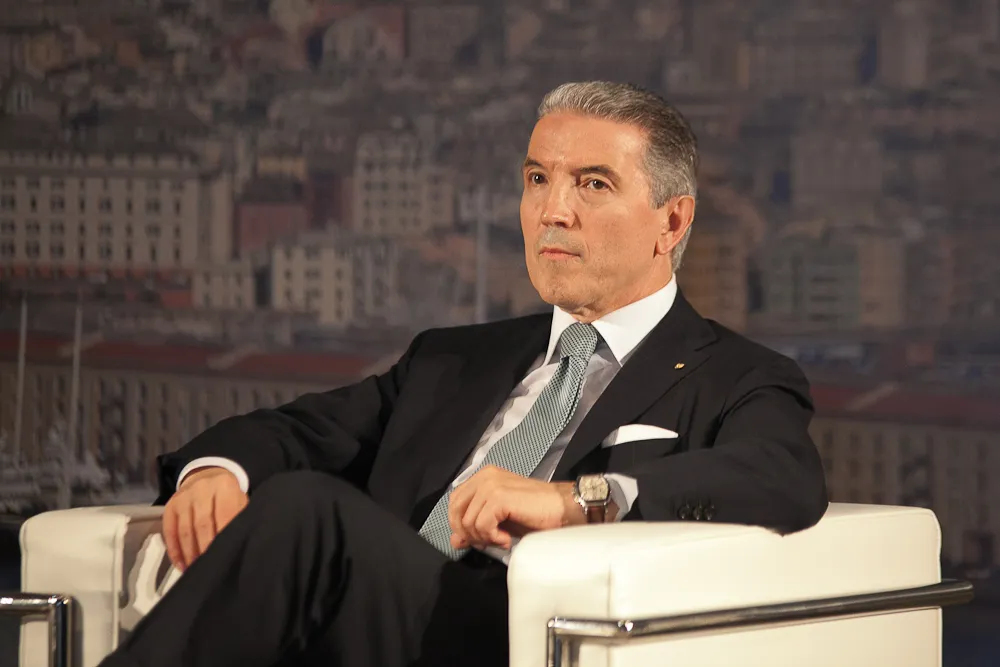The new CDE Asia factory in Kolkata, India, has been officially opened on the same industrial area as the company’s existing factory. It has been developed to ensure the company can accommodate growing demand for the range of washing equipment it produces for the market in India and south-east Asia. “Our new factory will allow us to build on the success we have enjoyed in India over the last five years and expand our territories into neighbouring countries,” said Manish Bhartia, managing director of CDE Asi
December 21, 2012
Read time: 2 mins
The new 7040 CDE Asia factory in Kolkata, India, has been officially opened on the same industrial area as the company’s existing factory.
It has been developed to ensure the company can accommodate growing demand for the range of washing equipment it produces for the market in India and south-east Asia.
“Our new factory will allow us to build on the success we have enjoyed in India over the last five years and expand our territories into neighbouring countries,” said Manish Bhartia, managing director of CDE Asia.
“We have been exploring the development of a new partner network outside India and have won projects in Malaysia and Indonesia. The new factory provides the additional capacity and superior product finish capabilities to not only increase market share in India but enter new territories.”
Formed in 2007, CDE Asia says it has established a position as a leading manufacturer of washing equipment in Inida.
Key to this success has been the adaptation of CDE equipment to suit the specific requirements of the iron ore industry. Many of the leading steel producers in India are now said to be operating iron ore processing systems from CDE which have been developed over the last five years.
“Our Kolkata base is our Global Ore Processing Knowledge Centre and will allow us to bring these systems to a wider global audience in the future,” said “Dr Arabinda Bandyopadhay, president, technology and business development at CDE Asia.
According to Manish Bhartia the increased production capacity offered will allow the company to contribute towards the delivery of the US$1 trillion infrastructure investment recently announced as part of the 12th Five-Year Plan which runs from 2012 to 2017.”
It has been developed to ensure the company can accommodate growing demand for the range of washing equipment it produces for the market in India and south-east Asia.
“Our new factory will allow us to build on the success we have enjoyed in India over the last five years and expand our territories into neighbouring countries,” said Manish Bhartia, managing director of CDE Asia.
“We have been exploring the development of a new partner network outside India and have won projects in Malaysia and Indonesia. The new factory provides the additional capacity and superior product finish capabilities to not only increase market share in India but enter new territories.”
Formed in 2007, CDE Asia says it has established a position as a leading manufacturer of washing equipment in Inida.
Key to this success has been the adaptation of CDE equipment to suit the specific requirements of the iron ore industry. Many of the leading steel producers in India are now said to be operating iron ore processing systems from CDE which have been developed over the last five years.
“Our Kolkata base is our Global Ore Processing Knowledge Centre and will allow us to bring these systems to a wider global audience in the future,” said “Dr Arabinda Bandyopadhay, president, technology and business development at CDE Asia.
According to Manish Bhartia the increased production capacity offered will allow the company to contribute towards the delivery of the US$1 trillion infrastructure investment recently announced as part of the 12th Five-Year Plan which runs from 2012 to 2017.”









